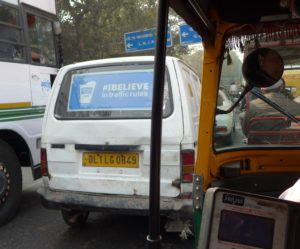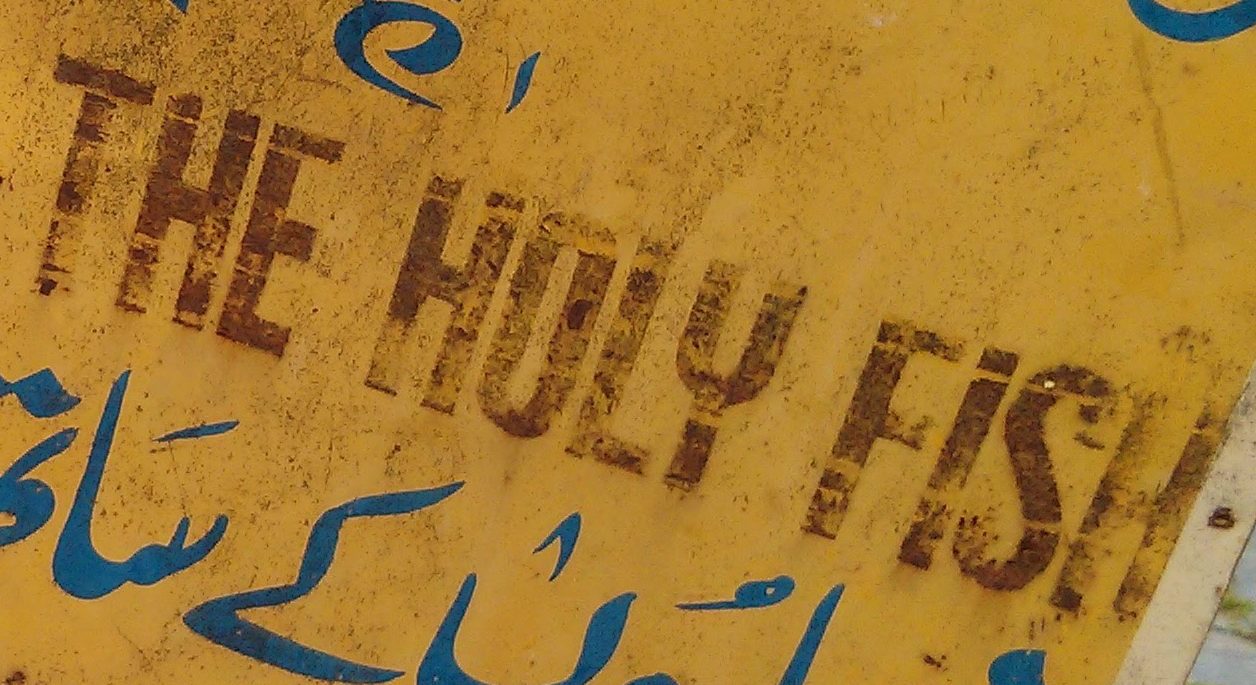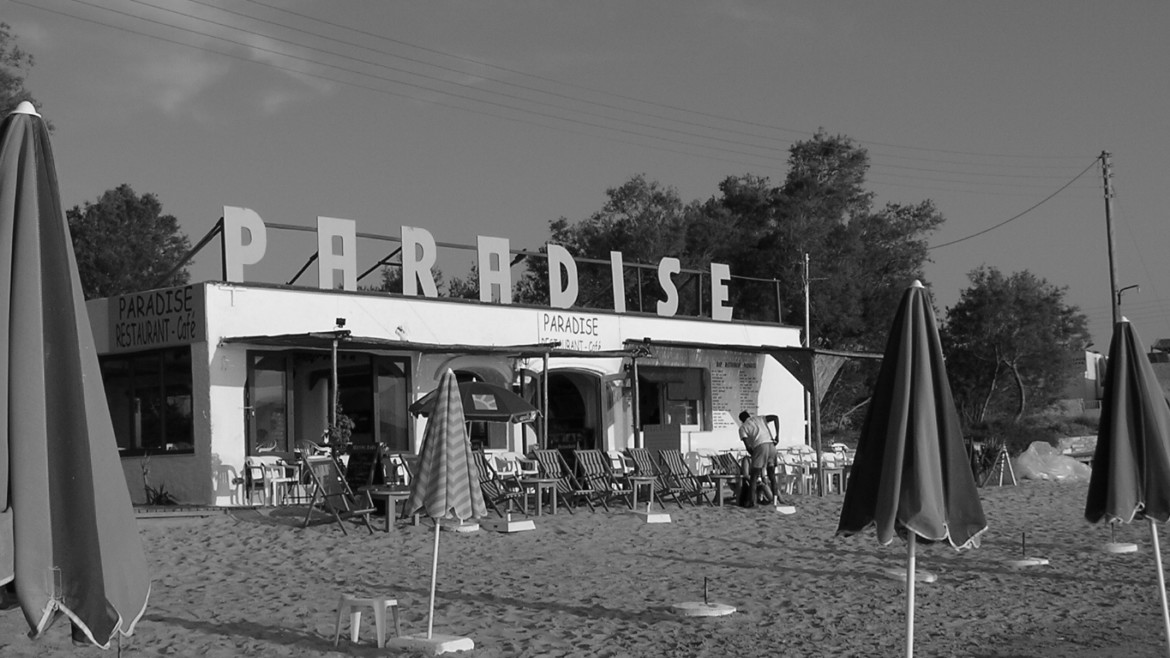- Before You Go
- Packing
- Border Crossings: Two Ways to Fail
- At Your Destination
- Psychology of Travel: 3 Reality Checks to Remember
Boom, you’ve arrived. Use these five practical tips to get more out of your holiday.
On arrival
Take a time-out.
You’ve had a long flight, you’re tired, you’re in a new place, and you don’t fully understand how things here work. It can be intimidating and overwhelming.
Sure, you could immediately run the gauntlet of touts and hurry straight to the taxis or buses. But why not take twenty minutes to sit and have a coffee?
This idea isn’t mine, it came to me via the travel website Wandering Earl, but I can attest that it has been worthwhile in practice.
You’ll have a moment to gather yourself and get your bearings. Interacting with a local for a very normal transaction can be grounding and help dial down the culture shock. Better still, you get to think and watch.
Rip-off merchants prey on fresh arrivals. They capitalise on their naïvety, rushing them into poor decisions. They know how uncomfortable it feels to stand around feeling uncertain and looking clueless.
The pressure to be decisive disappears when you’re lingering over a drink. You have time to process what you heard and saw on the way to the café.

The café might be placed so you can watch what other new arrivals are doing. Quickly you get better resolution on the environment, picking out details that were lost among the sudden wall of faces and signs confronting you through the arrival doors.
If taking this moment means you can haggle a fairer price for your taxi, or avoid taking the wrong bus, then the coffee has just paid for itself. Even at airport prices.
And if nothing else, you’re now (hopefully) caffeinated enough to better handle and appreciate the rest of your day.
Mobile phones
How did I ever travel without a smartphone?
I know I did. I remember lugging around Lonely Planet’s epic tome South-East Asia on a Shoestring. It took up at least 5% of my baggage allowance.
It’s not the ability to make phone calls that is particularly useful. I could count on my fingers the number of calls I’ve made over all my travels. Rather, it is the data and the apps. Google Maps in many countries can tell you exactly when to catch what bus or train to get to your destination, even what platform to stand on.
![Japanese railway map. [Tokyo, Japan]](https://theholyfish.com/wp-content/uploads/2016/10/P1050813-e1476593655658-300x173.jpg)
With Google Translate you can photograph a sign or label and within moments it’s converted (approximately) to English. Confirming opening hours, making urgent bookings, weather updates…the list goes on.
The key point is that most of these features only work properly when connected to data. When you are out and away from your accommodation’s wifi, this means limited functionality when you need it most.
In addition, relying on your accommodation’s wifi can be risky. My first time through India really drove this home. I tried to book only guesthouses with wifi. Yet this turned out to be a long way from happily surfing the net. Surprisingly often, the wifi was either non-existent, broken, or the staff on duty didn’t have the password. Perhaps it isn’t actually free, or only works if I sit next to the kitchen. If I can connect, most of the time is spent hitting refresh or re-logging into booking or banking websites due to a slow and unstable connection.

All this is why I recommend getting a local SIM card. This will be much cheaper than using your home country’s mobile plan, and will be good value for money even on relatively brief trips.
In many countries you can acquire a SIM card fairly easily within the airport. This is usually the best source as the staff are more accustomed to assisting foreigners. I’ve found this site provides detailed and up-to-date information for many countries.
Guidebooks
Many a traveller repeats the hackneyed line that guidebooks shouldn’t be followed. “Oh I don’t have a guidebook, I just explore and talk to locals and that’s how we found this amazing local blah blah blah”. You’re awesome, we get it.
Saying not to blindly follow a book to the exclusion of all else isn’t the sagely advice of a veteran traveller. It’s just common sense.
Guidebooks are particularly useful when planning your trip. There is a whole world out there to see, and unless you’re the immortal Highlander, you don’t have enough time for all of it. A guidebook helps to whittle the options down to those most likely to tick your boxes. They are a concise one-stop shop for a host of travel practicalities specific to that country.

When on the road, guidebooks (or better still their digital version) provide a start on finding suitable accommodation, without spending the afternoon roaming about town trying your luck. They help to plan your day if you end up somewhere you hadn’t researched. And their sections on the region’s history and culture make for interesting reading, providing a sort of intellectual framework that gives context to your experiences.
Airports
Travelling with a big backpack? Only recently did I realise that those airport trolleys are great. You get something to lean on while waiting and it saves picking up your bag every time the queue moves ever-so-slightly forward. It can also provide amusement to a bored traveller, who uses it to block queue-jumpers trying to sidle in ahead of you.
Just don’t be like so many airport douches and bump it into the ankle of the person in front. It’s a trolley, it’s not hard to drive. Imagine what they’d be like driving a vehicle. Oh wait, we’ve seen roads in India.

Souvenirs
I have a bookshelf of little mementos. They were cheap and transportable, but now excel only at holding up dust.
I suggest instead focusing on one or two key items per trip. Things you’ll actually use, or that make an impressive display.
An aid worker I shared a house with gave me this idea. His souvenirs were useful, tied thematically to the country, and not commonplace back home. Hence they were noteworthy while mine looked cheap and kitsch.
![Sign for Albino market. [Croatia].](https://theholyfish.com/wp-content/uploads/2016/10/July-Croatia-300x224.jpg)
While just a couple of items per trip may seem excessively restrained for die-hard shoppers, your home will quickly fill-up over a lifetime of travel.
If luggage space is limited, consider looking for a small souvenir that could be hung from your Christmas tree. A Christmas tree naturally draws attention, and is a great way to tie together an assortment of discrete items. Bring back one item from every holiday and you’ll soon have a collection of memories that is a joy to unbox each year.
If homewares and decorations aren’t your thing, another excellent souvenir is clothing. It’s easy to pack and is visible, so you’ll have plenty of nice reminders of your trip when you’re wearing it back home. Plus you need to buy clothes anyway if you like living in society but are sick of all the fines for indecent exposure.
You could even be saving money compared to shopping at home. Don’t take this too far though. Saving $50 on a pair of jeans is good, but you’re not a thousand dollars richer if you buy twenty pairs.
Did you like this article?
Do you like this site?
Read next: In the final part of this series we touch on an overlooked topic, the psychology of travel.

